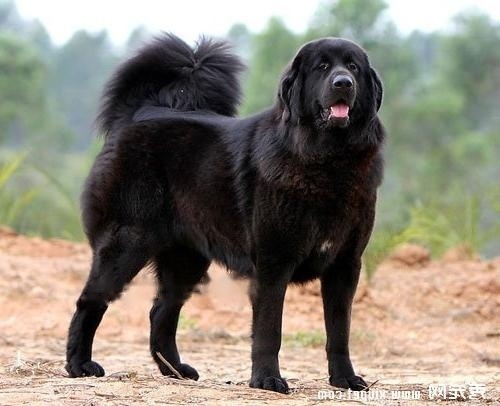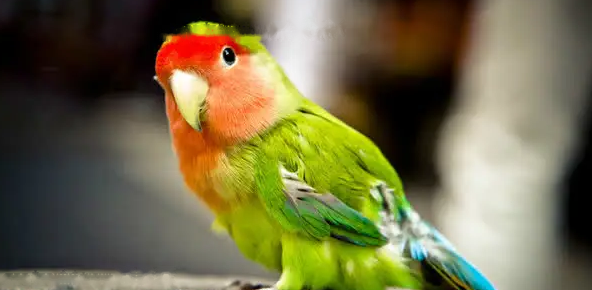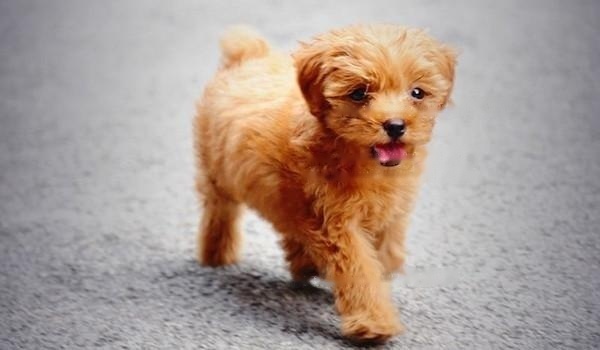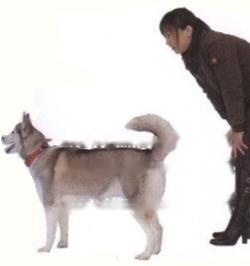Tibetan Mastiff (Mark: do khyi, which means tied dog, English: Tibetan Mastiff), also known as Tibetan Mastiff, Fan Mastiff, Songfan Dog, Cang Yi Dog. The Tibetan Mastiff is produced on the Qinghai-Tibet Plateau. The Tibetan Mastiff is tall, well-proportioned, sturdy and sturdy. The Tibetan Mastiff is also a unique dog breed in my country, and its breeding market is also very active. Because the Tibetan Mastiff has a rich connotation in the national culture of our country, many countries are also keen to keep the Tibetan Mastiff as a pet, so it also causes There are millions of Tibetan mastiffs in the market, so if you want to buy a Tibetan mastiff with the best variety, you must understand the selection criteria of Tibetan mastiffs.

Tibetan Mastiff
1. Standard of Tibetan Mastiff
A good Tibetan Mastiff should have a dignified expression, almond-shaped or triangular-shaped eyes, and the eyelids should be naturally attached to the eyeballs. The upper lip of the Tibetan Mastiff should be close to the dog's palate and hang slightly, and the lower lip should not hang. Tibetan Mastiff body height should be between 60 ~ 72 cm, weight 45 ~ 70 kg. The coat color of the Tibetan Mastiff should be mainly black, and yellow-brown above the eyes, the lower part of the legs, the inner side of the tail, the muzzle, etc. are allowed. The white spots on the chest and the slight white on the claws are allowed. Blocks (four eyes) are also allowed; other mastiffs such as yellow (brown red), white, wolf cyan can be selected according to personal preference.
2. Evaluation of the Tibetan Mastiff
As a unique dog breed on the Qinghai-Tibet Plateau in my country, the Tibetan Mastiff should have the characteristics of being strong, brave, noble and confident. The basic qualities that a good Tibetan Mastiff should possess. On the premise of conforming to the characteristics of the breed, an excellent Tibetan Mastiff should have a strong physique, well-proportioned structure, well-developed muscles, strong eyes, strong teeth, normal development of limbs, thick and lustrous coat, no defects or diseases in the body structure, and a good gait. Powerful, light and free, with a characteristic dragging of the hindquarters when trotting fast. When walking from the front, the limbs on the same side should be in the same straight line; when viewing from the side, the front and rear limbs should cross forward when walking. Whether walking slowly or quickly, the Tibetan Mastiff should look at the owner or the front, not the other. Dewclaws should be removed when the Tibetan Mastiff is young.
An excellent Tibetan Mastiff must also have excellent bloodlines, namely: pure bloodlines, complete pedigree records, good family breeding history, etc. These can be used to confirm the pedigree of an individual Tibetan Mastiff through pedigree certificates, chip identification technology, DNA identification certificates, etc.
3. Selection of Tibetan Mastiffs
When purchasing adult Tibetan Mastiffs, you can refer to the criteria for evaluating Tibetan Mastiffs. The author recommends buying young mastiffs aged 3-5 months. Tibetan mastiffs in this period are not too ferocious. When they are brought back, they can live in harmony with their owners quickly, and it is easy to establish an affinity relationship. In addition, when purchasing, you should also understand the quality of the parents and grandparents who want to buy a young mastiff, and find out whether the young mastiff you purchased is really born of a mastiff. When choosing a mastiff, carefully observe whether the young mastiff's eyes are bright (you cannot buy those with mucus or wet and tearful eye circles), whether the nose is moist, whether the anus is clean, whether the mental state is good, whether the walking is normal, how is the appetite, and how is the posture and many more.
At the time of purchase, pay attention to inquiring about the vaccination and deworming status of Tibetan mastiffs, so as to avoid buying sick mastiffs in the incubation period. Usually, the juvenile mastiff is given oral deworming medicine when it is 30 days old, and the dog is injected with the first five vaccine (or six vaccine) when it is 50 days (weaned), and then the second injection every 15 days, and then every 30 days. Complete puppy vaccinations after the third vaccination. After the above conditions are met, it means that you have selected a good and healthy young mastiff.
![[Dog Training 5] The training method of pet dog dining etiquette](/static/img/12192/12192_1.jpg)




